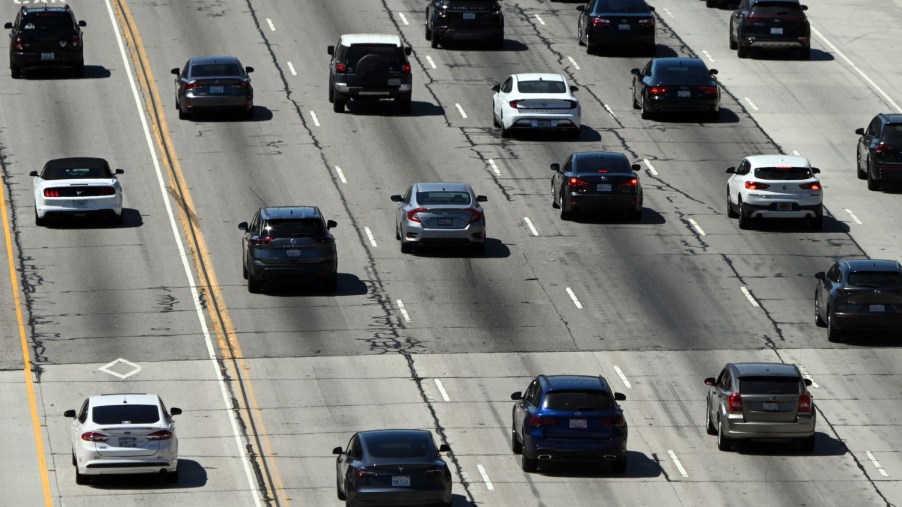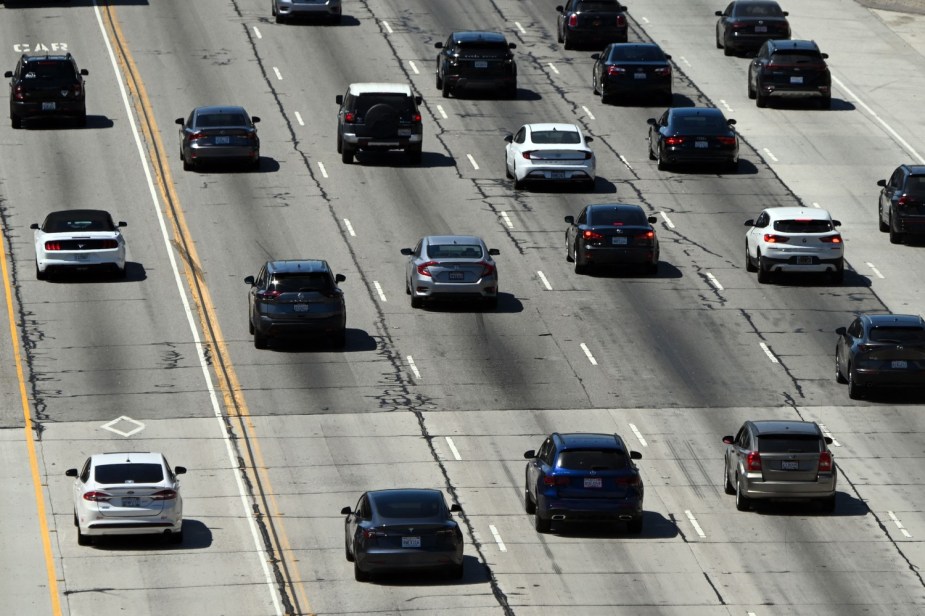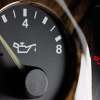
Don’t Fall for These 5 Gas Mileage Myths
Fuel economy is constantly on the minds of commuters and casual drivers alike. Eking out every last mile per gallon (mpg) can be stressful. There are plenty of tips, tricks, and trends informing the public on how to avoid guzzling gas, but some are myths. To procure precious miles per gallon, drivers should know how old sayings and phrases can dash attempts to save fuel. Here are five common gas mileage myths that people still stumble over today.
Myth #1: Manual transmissions always get better fuel economy than automatics

Stick-shift vehicles give drivers control over changing gears at lower rpms, where fuel consumption is lower under normal loads. However, automatic transmissions have become more advanced through electronics and often have driving modes set up for better fuel economy. Moreover, continuously-variable transmissions (CVTs) have the tech to select any gear at any speed to provide higher mpg. Therefore, drivers now enjoy automatics that achieve the same or even better fuel economy than their manually-shift counterparts.
Myth #2: Vehicles need to warm up before they can be driven
In the days of simplistic engines using traditional oil and fluids, drivers needed to warm up a car before driving it. Yet, advances in oil blends and engine materials enable vehicles to start and drive within seconds of ignition. Driving is the best way to warm an engine. However, they shouldn’t be excessively loaded or operated at high rpm in the first few minutes.
Myth #3: It takes more fuel to start a vehicle than it does to let it idle
In the days of four-barrel carburetors, it took a lot of fuel to start an engine, especially on cold days. Yet, fuel-injected engines of the modern era boast ignition efficiency. The EPA states that idling—depending on engine size—can cost $0.01 to $0.02 per minute. While it may not sound like a lot, every cent adds up. It isn’t a good idea to shut off an engine in traffic, but it is if parked for more than a few minutes.
Myth #4: As a vehicle ages, its fuel economy decreases significantly
Engines typically have a break-in period. Depending on the engine, the thresholds may be within the first few hundred or few thousand miles. Therefore, mpg may increase shortly after a brand-new vehicle is driven off the dealer lot. Although they degrade over time, proper maintenance—fluid changes, mechanical repairs, appropriate fuel octanes—helps older engines retain fuel economy.
Myth #5: EPA estimates are a government guarantee on fuel economy.
The EPA’s tests are not long-term or even on the road itself. In a lab, a vehicle is placed on a dynamometer, and rollers are adjusted to simulate wind resistance and other factors. EPA analysts test up to 1,874 seconds through Cold Start, Transient, and Hot Start phases. While the government agency considers city, highway, and high-speed driving in various ambient temperatures, it’s only an estimate. No single test can accurately model every driving style and the environments, particularly with differing fuel blends. Consequently, the EPA can give drivers a good idea of what they should get, but not an exact figure.
What’s considered good gas mileage?
Good gas mileage is going to depend on what vehicle one drives. Although EVs don’t use gasoline, their MPGe rating—a comparison metric to gasoline engines—proves to be much higher than their internal combustion equivalents.
Car and Driver reports the Tesla Model S Long Range can achieve 111 MPGe and the Hyundai Ioniq Electric 136 MPGe. In contrast, good fuel economy in non-electric passenger cars drops to 27 mpg in the Volvo V90 and 30 mpg in the Mazda MX-5. Yet, SUVs have improved with hybrid systems, surpassing traditional sedans over the years. The Lexus RX 450h AWD Hybrid can get 30 mpg, and the Toyota RAV4 Hybrid AWD can achieve a whopping 40 mpg.
Even if drivers don’t have a hybrid, they can still gain back precious miles per gallon. For instance, smooth acceleration and thinking ahead of highway braking are little things that can lead to big savings. Planned maintenance throughout the vehicle’s life can also improve the chances of maintaining an engine’s fuel efficiency.


